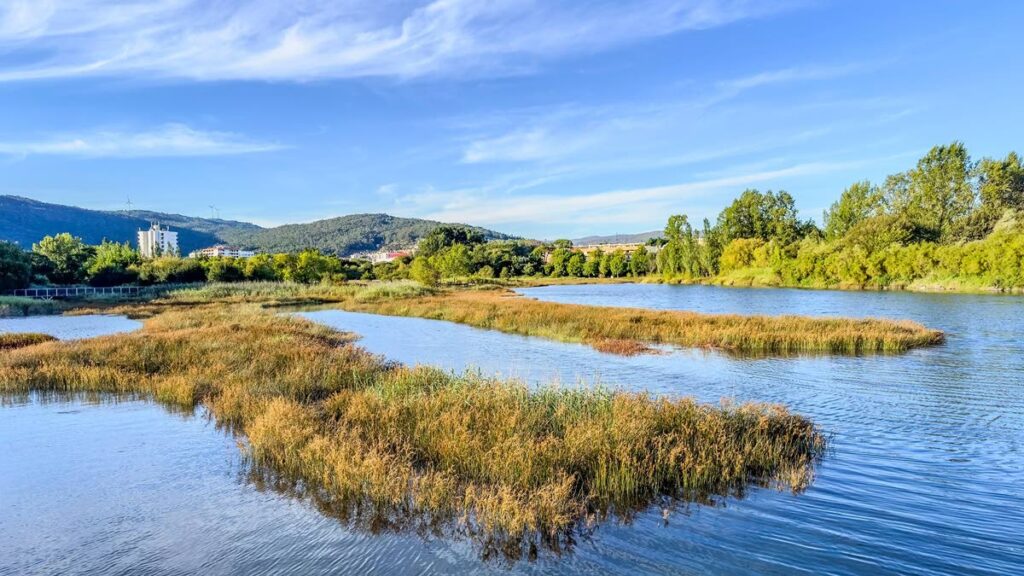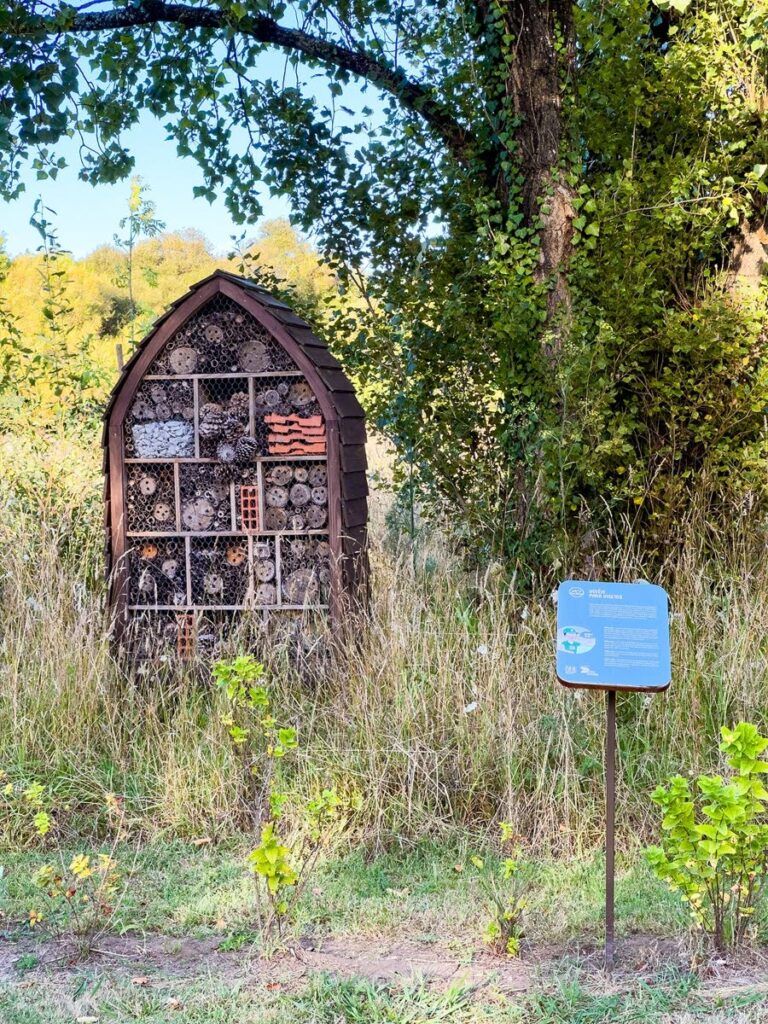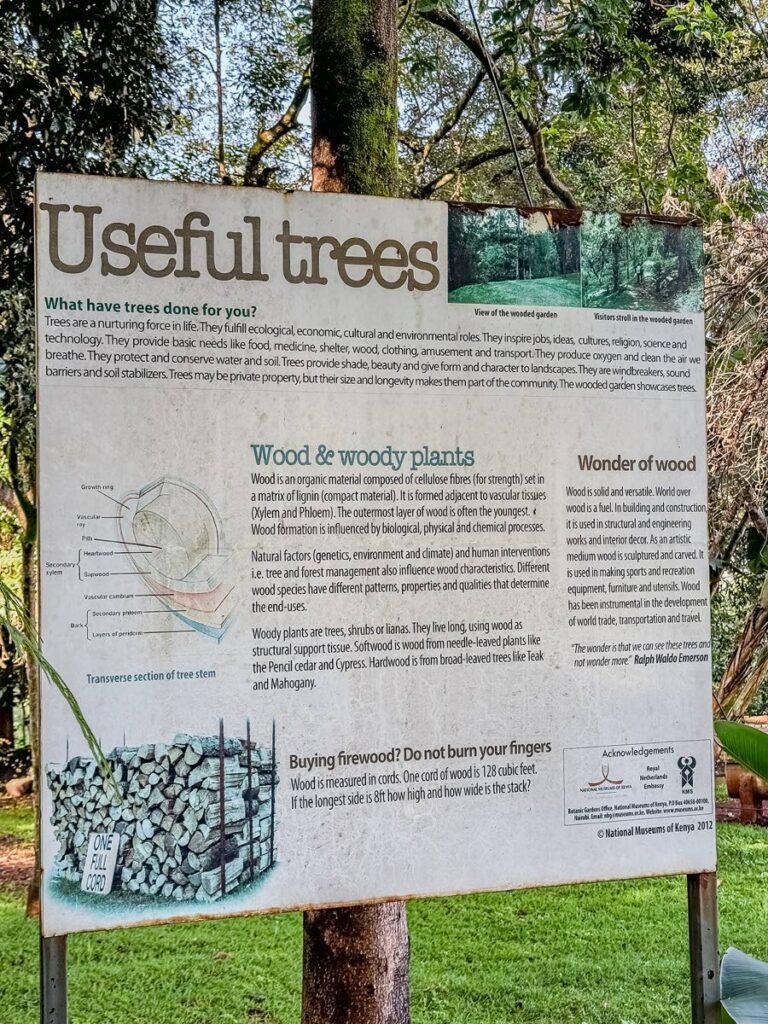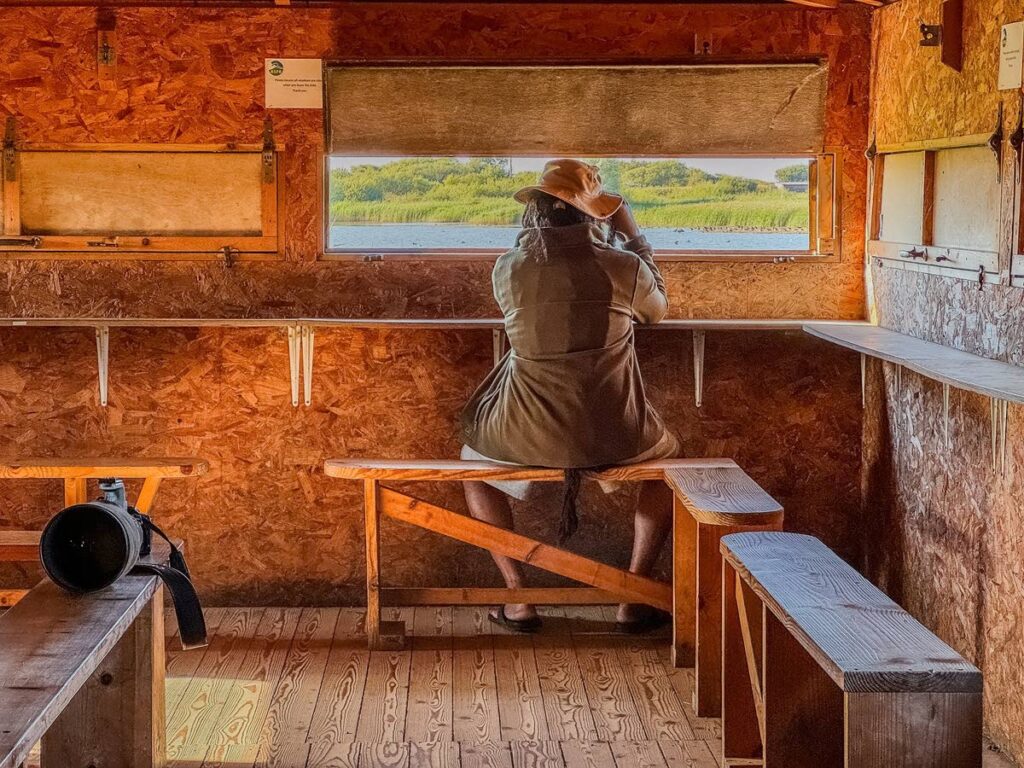Green spaces in the city

Joanne Husain points out the value of parks in cities and communities. Natural spaces should be planned in urban developments, and maintained for trees and birds as well as for human health and well-being.
Urban parks are oases of green amid concrete landscapes. Tucked into bustling cities and densely populated neighbourhoods, these are designated spaces for recreation. An urban park is a mediated form of nature with purposeful landscaping bridging the urban and the untamed.
The aesthetics of the space is important, providing visual relief from the mass of man-made structures. Typically, these parks feature walking paths through landscaped gardens with an assortment of flowering shrubs and shady trees, with playing fields and scenic open areas. Think of our Botanical Gardens and the Savannah, and hope that they continue to be maintained for the trees: a place to find respite from the high octane life in the city.
Nature is the source of well-being, and urban parks bring nature’s benefits within city limits. Perhaps the most obvious benefit stems from their intended purpose as breathing spaces. Whether it’s a morning run, an evening stroll, children playing or yoga under the trees, urban parks encourage people, especially those who live nearby, to pursue healthier and more active lifestyles. Public parks help to lower barriers to physical exercise as they are free to use, allowing more people access to physical health benefits especially for those with sedentary lifestyles that give rise to non-communicable diseases.
Spending time in nature
Exercising and spending time in nature are linked to better emotional and mental well-being in people of all ages. For those who live and work in cities, nearby parks facilitate a pause from desk or screen. Simply looking at trees and breathing fresh air are natural mood enhancers. You become more mindful observing birds, butterflies, trees, flowers and clouds; they calm the nervous system. People who regularly engage in these spaces will reap the mental health benefits of improved mood and cognitive function.

Urban parks contribute to the social well-being of the people who use them. They are vital spaces for social interactions and help to foster a sense of community. Familiar and friendly faces may be seen on daily walks, while children develop foundational social skills through unstructured outdoor play. Larger parks often serve as venues for cultural and community events, festivals and markets, and even peaceful protests. People from all walks of life converge on common ground, forging real-world human connections in the face of digital isolation.
Benefits for all
Beyond aesthetics and human well-being, urban parks offer numerous environmental benefits. The presence of trees and plants become lungs for cities. They help to absorb carbon dioxide, releasing oxygen. Trees and plants also filter pollutants and particles from the air and improve air quality in urban areas. They have been shown to cool and circulate the ambient air.
Urbanised areas that lack greenery tend to experience higher temperatures than outlying and rural areas; roads and buildings absorb and reflect more heat than natural landscapes. This is known as the urban heat island effect. These “islands” negatively impact air quality and energy consumption. Green spaces create more comfortable microclimates. Trees also helps to attenuate noise levels, providing some level of insulation for nearby offices and residents.

Urban parks support biodiversity, providing habitats for various species of birds, insects and small animals. In the heart of a city, parks can function as mini ecosystems that are havens for wildlife that might otherwise be displaced by urban developments. Traditionally, in many parks and gardens exotic plants were prized, resulting in the use of many non-native plants. In terms of biodiversity support, non-natives and large expanses of mowed lawns become food deserts. The planting of native and naturalised plants and trees must be encouraged in order to prevent biodiversity loss. With the correct ecological building blocks in place, there will be support for everything from pollinator to predator. These pockets of biodiversity contribute to a healthier and more resilient urban environment. People will also have ease of access to learn about and experience the native flora and fauna.
Greening urban plans
Our current climate crisis make environmental considerations more urgent. Urban parks can no longer only be meant for human enjoyment, but must be safe spaces where we find solutions for a future that is more mindful and sustainable. Parks can have interpretive signage, utilise renewable energy, and support food gardens in communities. They can become outdoor classrooms for environmental and conservation education, fostering better understanding of the natural world and our place in it.

With the increased frequency and intensity of adverse weather events, building climate resilience can be explored through careful green infrastructure planning. Urban parks can play a role in the management of rainwater runoff. Grass and soil, being permeable surfaces, allow the absorption of rainwater reducing the risk of flooding, easing often overburdened city drainage systems. Some countries have replaced traditional concrete and asphalt walkways with permeable walkways in their public parks, alleviating excess runoff. Proper water catchment and drainage systems within parks are also insurance against stagnant water and the spread of mosquito-borne diseases in urban areas.

Putting more care and investment into the development of urban green spaces will accrue economic benefits. Properties in proximity to parks tend to be desirable real estate of higher value. Well-designed and well-managed park spaces enhance nearby accommodations, shops, restaurants and cafes, stimulating and sustaining jobs.
As cities continue to expand and face pressures of population growth and environmental challenges, the importance of creating urban parks cannot be overstated. A green space is not a luxury, but necessary to the health, well-being and sustainability of cities. Investing in the development, preservation and maintenance of urban parks should be a priority for city planners and local governments. By ensuring that urban residents have access to green spaces we foster healthier, happier and more sustainable communities that are better equipped to take on the challenges of the future.

Comments
"Green spaces in the city"